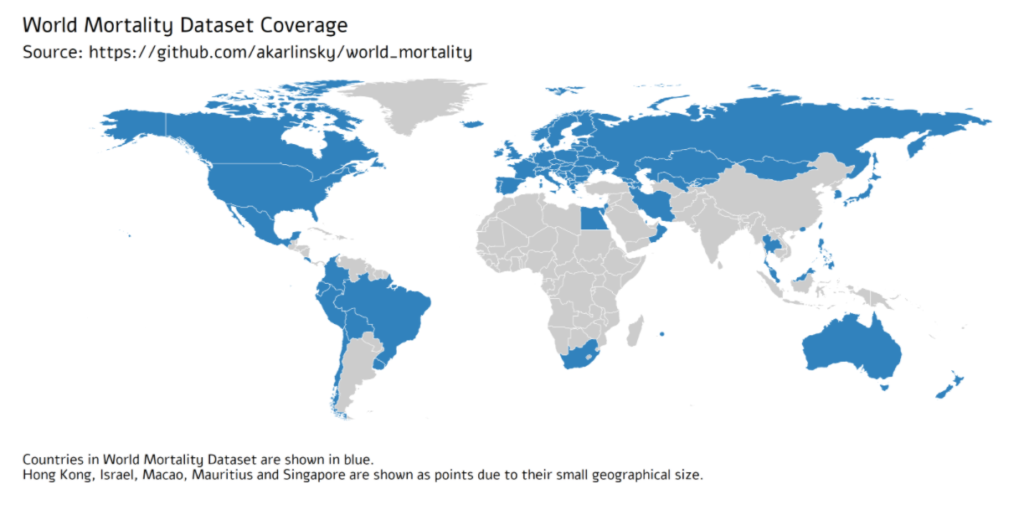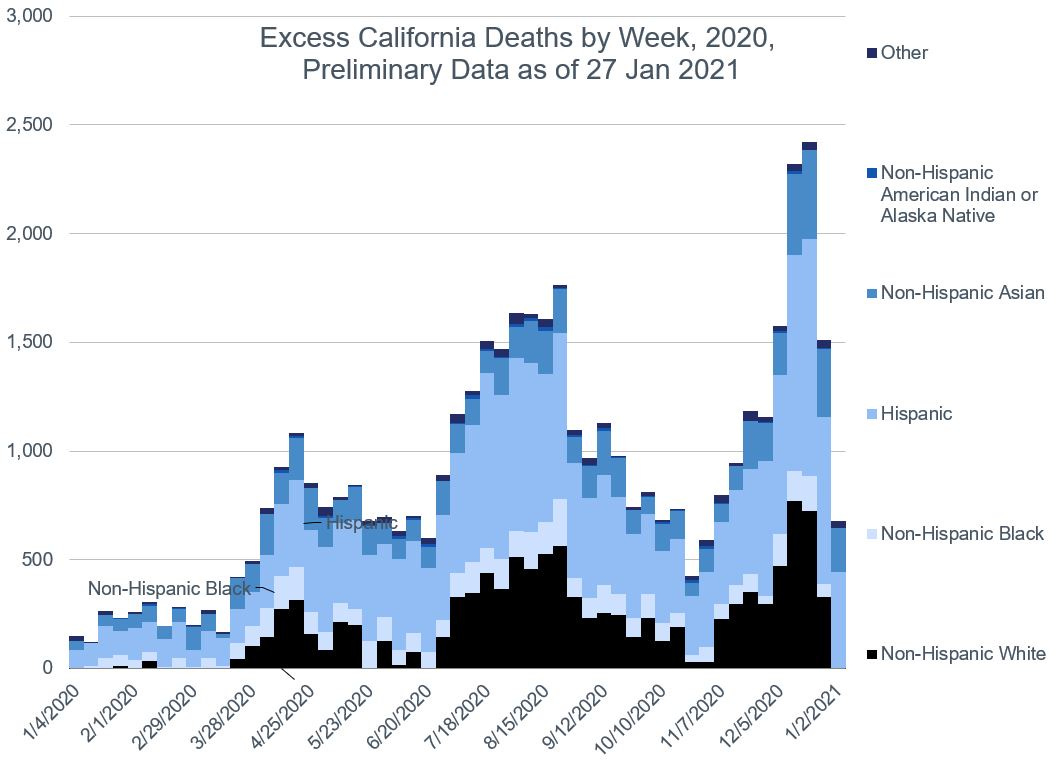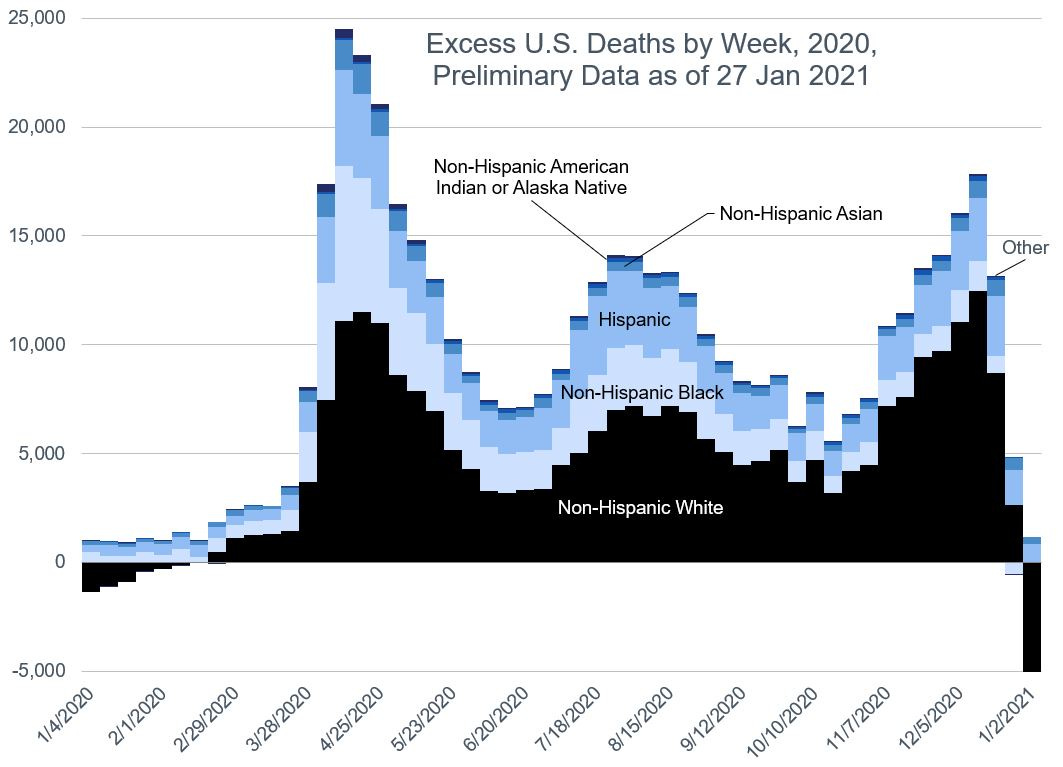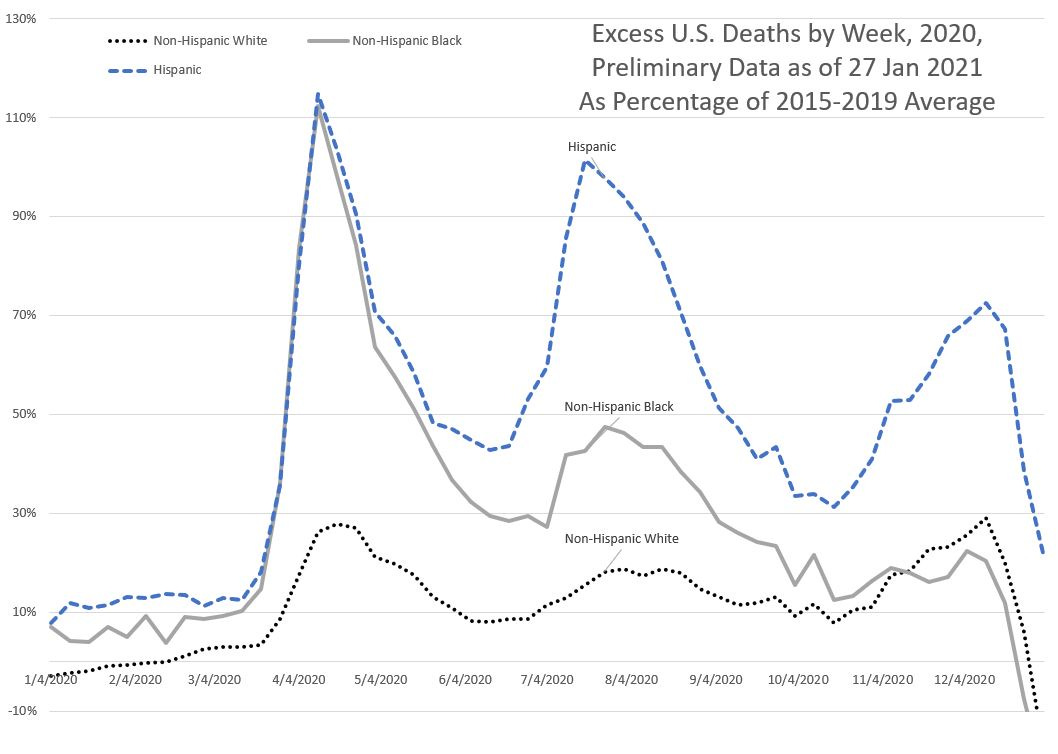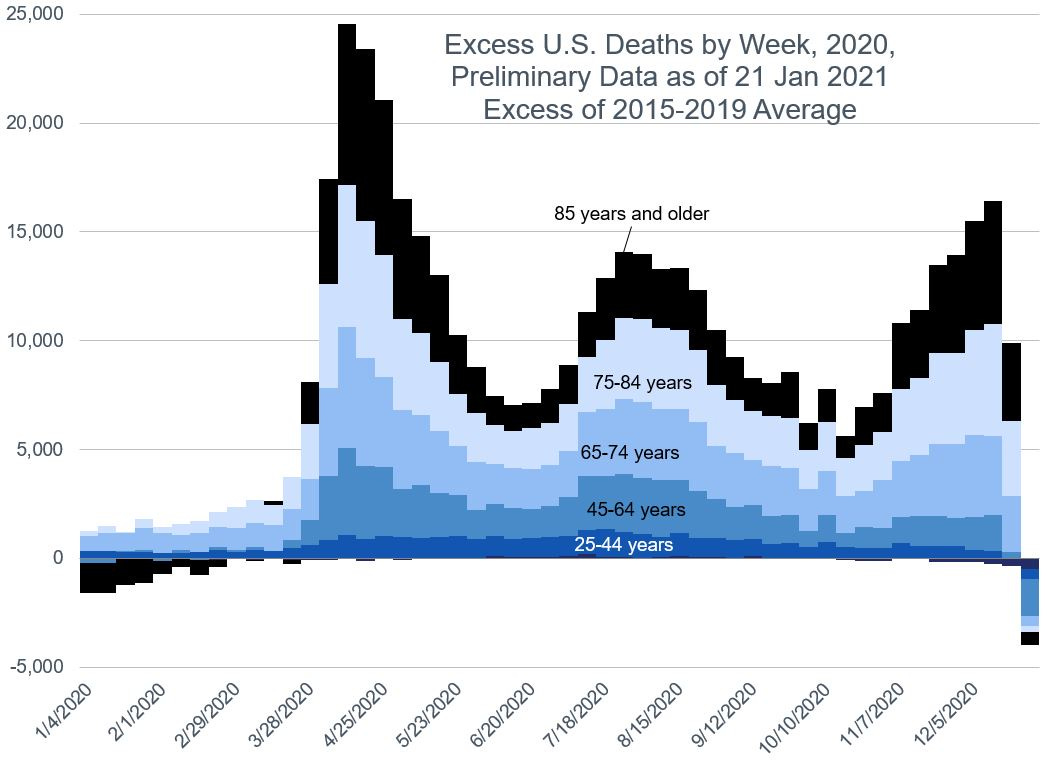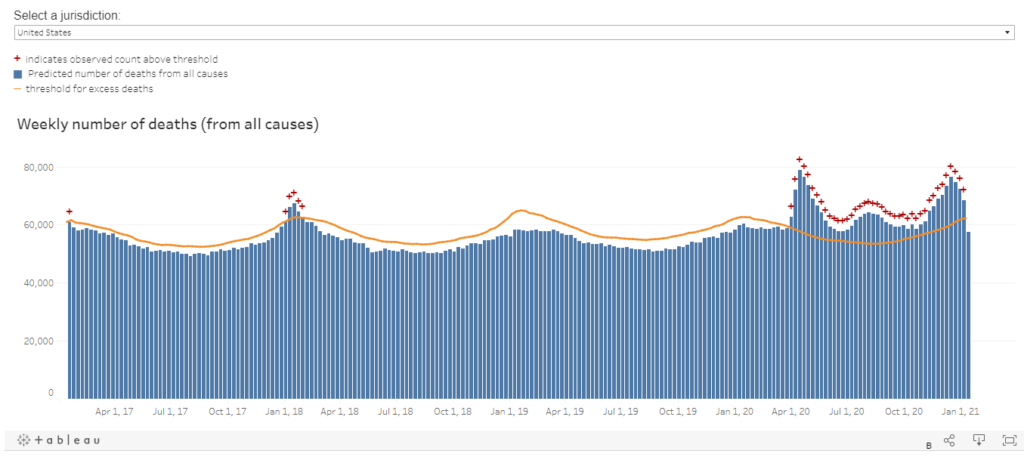Link: https://time.com/5922082/2020-gun-violence-homicides-record-year/
Excerpt:
This year, many Americans have experienced significantly higher levels of violence both wrought on and within their communities. Gun violence and gun crime has, in particular, risen drastically, with over 19,000 people killed in shootings and firearm-related incidents in 2020. That’s the highest death toll in over 20 years, according to data from the Gun Violence Archive (GVA), an online site that collects gun violence data, and the Britannia Group’s non-partisan site procon.org.
This total includes victims of homicides and unintentional deaths but does not include gun suicides. And despite there being no “large-scale” shootings in 2020, the number of mass shootings—which are classified as an incident in which four or more people are shot and injured or killed—has actually risen, drastically, to over 600, the most in the past 5 years and a nearly 50% increase in 2019’s total.
Author(s): Josiah Bates
Publication Date: 30 December 2020
Publication Site: Time


